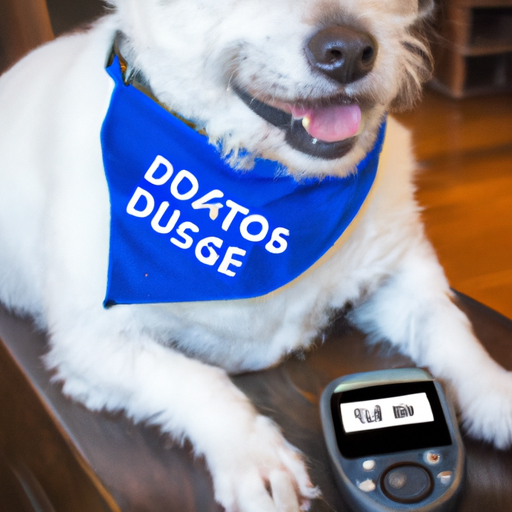Caring for a dog extends beyond providing food, shelter, and love. It involves tuning in to their health needs and ensuring they’re in tip-top shape. One aspect of canine health that needs your attention is your dog’s blood sugar level. But what should a dog’s blood sugar be?
Understanding Blood Sugar in Dogs
Blood sugar (also known as glucose) is a vital energy source for your dog’s cells and organs. It’s regulated by insulin, a hormone produced in the pancreas. When your dog’s blood sugar is too high or too low, it can lead to serious health problems.
The normal blood glucose level for dogs generally ranges from 70 to 150 mg/dL. However, values can fluctuate depending on factors such as your dog’s age, breed, and overall health. Thus, it’s crucial to monitor and manage your dog’s blood sugar levels to prevent health issues.
Signs of Abnormal Blood Sugar Levels in Dogs
As a caregiver, you should always be on the lookout for signs of abnormal blood sugar levels in your dog. If your dog’s blood sugar is too high (a condition known as hyperglycemia), you may observe symptoms such as:
- Increased thirst and urination
- Weight loss despite increased appetite
- Fatigue and weakness
- Blurry vision
On the other hand, if your dog’s blood sugar is too low (hypoglycemia), they may exhibit signs like:
- Lethargy or restlessness
- Trembling or shaking
- Seizures
- Unusual behavior or confusion
Why Regular Blood Sugar Monitoring is Important
Regular blood sugar monitoring is crucial in detecting any abnormal fluctuations early and implementing necessary interventions. This is particularly important for dogs with diabetes, as they’re more prone to having unstable blood sugar levels.
Regular checks help in:
- Assessing your dog’s overall health
- Detecting diseases early
- Monitoring the effectiveness of treatments
How to Manage Your Dog’s Blood Sugar Levels
Managing your dog’s blood sugar levels involves a combination of a balanced diet, regular exercise, proper medication (if needed), and routine check-ups. Here’s a brief guide:
- Diet: Feed your dog a balanced diet rich in protein and complex carbohydrates. Avoid foods high in sugar and simple carbs.
- Exercise: Regular, moderate exercise can help regulate your dog’s blood sugar levels.
- Medication: If your dog has been diagnosed with diabetes, your vet may prescribe insulin injections.
- Regular Check-Ups: Regular vet visits are crucial to monitor your dog’s blood sugar levels and adjust treatments as needed.
FAQ
Q: What can cause high blood sugar in dogs?
A: High blood sugar in dogs can be caused by diabetes, stress, certain medications, and some health conditions.
Q: Can a dog have a blood sugar crash?
A: Yes, if a dog’s blood sugar drops too low, they can experience a ‘sugar crash’ or hypoglycemic episode.
Q: How often should I check my dog’s blood sugar?
A: The frequency of blood sugar checks depends on your dog’s health condition. If your dog has diabetes, daily checks may be necessary.
Remember, caring for your dog means caring for their health, too. Regularly monitoring and managing your dog’s blood sugar levels is an integral part of their overall well-being.



